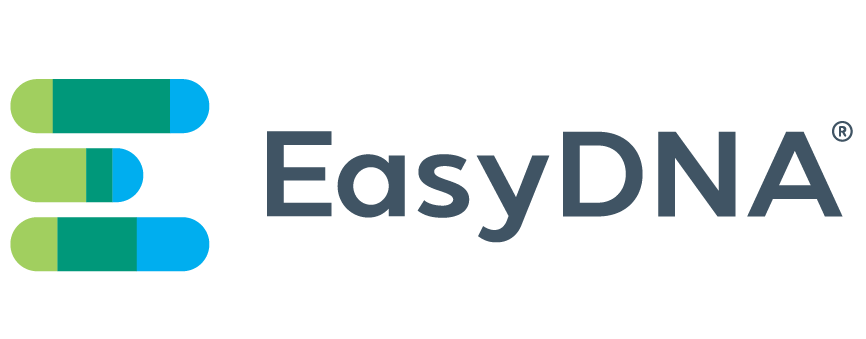Non-Invasive Prenatal DNA Paternity Testing
Non invasive prenatal DNA paternity testing is highly accurate and reliable in confirming paternity. Scientists have shown that maternal blood contains DNA fragments of the baby she is carrying. DNA finds its way into the mother’s blood stream through the placental wall- the point at which the mother’s blood and the fetal blood come into close contact and enables the exchange of oxygen and nutrients. A small sample of the mother’s blood will contain between 3-13% in fetal DNA.
This non invasive test is a great means of establishing paternity test- it eliminates any risks and stress created by other invasive procedures such as amniocentesis or chorionic villus sampling.
In many countries, you will find it difficult to find any obstetrician or gynecologist to carry out the DNA sampling extraction using amniocentesis or CVS for a paternity test- the ethical issues and the risks are factors which come to bear heavily. Invasive tests are only used in rare cases when it is necessary to confirm whether the alleged mother is carrying a child that is predisposed to certain chromosomal abnormalities or hereditary diseases such as Down’s syndrome, Fragile X or Trisonomy 18 and 13.
Why do a non–invasive test? What risks are there with amniocentesis or CVS
A non-invasive prenatal paternity test provides extremely accurate results, is totally risk free and far lower in terms of the pricing. On other hand amniocentesis or CVS are very expensive medical procedures and carry the following risks:
- Damage to the baby’s limbs
- Premature birth
- Postural deformities (deformities of the skeletal system)
- Miscarriage
With such risks involved, few are ready to consider an invasive paternity testing procedure especially when they can opt for a non-invasive test.
What do scientists do once they have the blood sample?
Dead fetal DNA crosses the placental wall and circulates in what is referred to as the maternal peripheral blood (peripheral blood is the blood circulating the body made up of erythrocytes, leukocytes and thrombocytes suspended in a plasma matrix). The DNA fragments are no enclosed in cells but are found as free DNA. Scientists need to first separate the maternal blood from the blood of the baby. Scientists then need to analyze the DNA fragments found using a procedure known as Single Nucleotide Polymorphism (SNPs).
How conclusive are prenatal paternity test results?
The test is very conclusive: if the tested alleged father is the biological father of the child, the probability of paternity will be in excess of 99.9%. If the alleged father is not the biological father of the child the probability of paternity in a non invasive prenatal paternity test will be 0%.
What about babies born through surrogacy?
Surrogacy involves a woman accepting either as an individual or through an agency to act as a host for another person or couple who are unwilling or unable to have children of their own. A surrogate mother carries and gives birth to a child or children on behalf of the commissioning parent or parents.
The traditional method and the gestational method are the two methods. In the traditional form the surrogate mother’s eggs are used and she is the biological mother of the child or children, while in the gestational method the sperm and eggs belong to the parents wishing to have a child or children.
The DNA testing for surrogacy process is a simple one involving cheek cell swab sampling of both the parent and parents and the child or children in question.
Surrogacy, DNA Testing and the Legal System
Our laboratories are NATA accredited meaning that we have the necessary qualifications for your tests to be recognized and accepted by certain country authorities.
Many countries offer surrogacy however popular choices include New Zealand, Russia, Thailand and Ukraine due to highly competitive and relatively low pricing. If you do not reside in any of these countries, when returning back to your home country with the child or children it is important that you have the necessary legal documentation in hand. Local authorities require this documentation along with DNA tests that prove the biological relationship between the child or children and legal parent or parents of the child. easyDNA offers surrogacy DNA testing services. Go to our surrogacy DNA testing page for more information.
